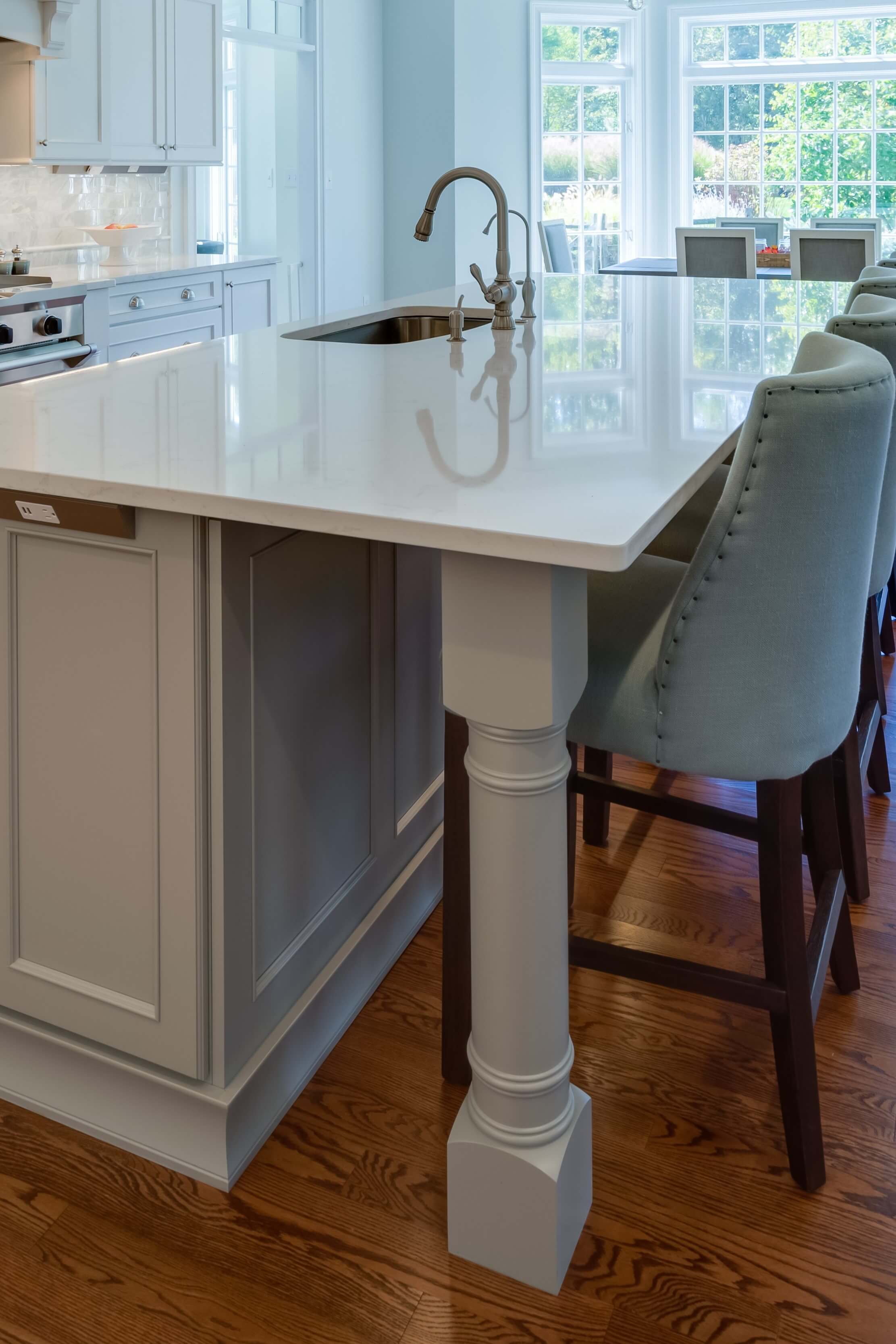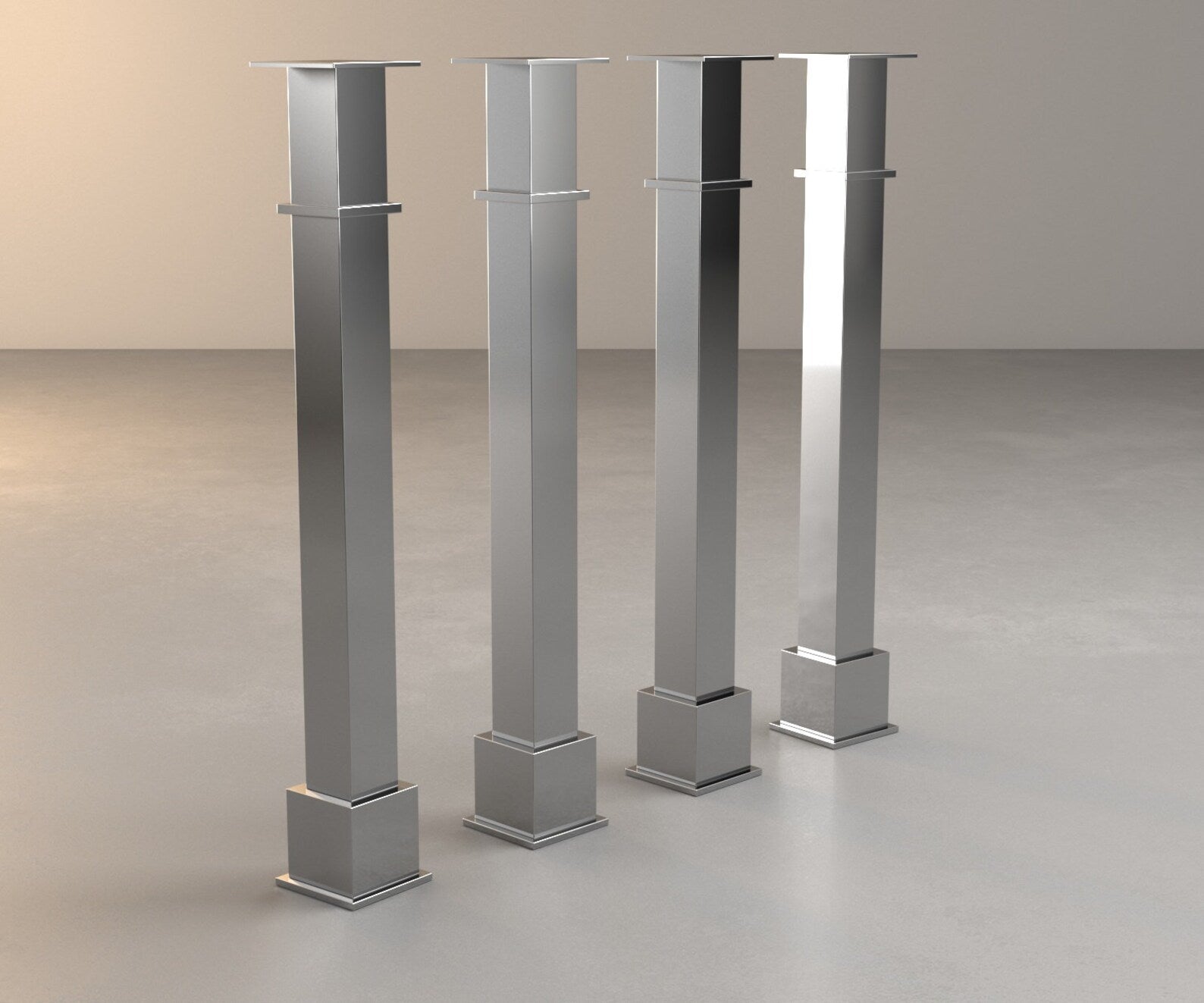A Guide to Choosing the Perfect Legs For Cooking Area Island for Your Home
Picking the suitable legs for your kitchen area island is a nuanced choice that influences both the performance and aesthetic charm of this central room. As you consider these elements, it ends up being evident that the appropriate legs can change not just the appearance of your kitchen area but additionally its use for years to come.

Understanding Kitchen Area Island Legs
When picking legs for a kitchen island, it's essential to recognize their aesthetic and useful roles in the total design. The legs act as a crucial support group, ensuring stability and resilience for the island, which commonly operates as an office, eating area, or collecting place. The choice of product and building and construction technique need to be durable enough to hold up against day-to-day usage and possible wear.
In addition to their structural responsibilities, legs add significantly to the island's visual appeal. They can boost the kitchen area's style, whether via typical, modern, or diverse styles. The height and proportion of the legs are additionally vital factors to consider; they need to integrate with the island's counter top elevation while making certain comfortable seating for those using the room.
Moreover, the leg layout can influence the general flow of the kitchen. Open, ventilated leg designs can create a feeling of lightness, while solid, substantial legs may convey a more grounded and secure visual - Legs For Kitchen Island. Understanding these useful and aesthetic elements will direct home owners in making informed choices that complement their cooking area's design and improve its functionality
Popular Styles and Products
The choice of legs for a kitchen area island incorporates a range of preferred designs and products, each offering distinct qualities that can improve both capability and appearances. Conventional legs typically show luxuriant information and craftsmanship, enhancing classic cooking area styles.

Height and Stability Considerations

The legs of the cooking area island need to offer adequate support, making sure that the framework can hold up against everyday usage without Resources changing or wobbling. Material option plays a considerable function in stability; steel legs, for instance, often tend to use greater stamina contrasted to timber.
Matching Your Kitchen Visual
Choosing the best legs for your cooking area island goes beyond capability; it likewise plays a significant duty in the total visual of the room (Legs For Kitchen Island). When choosing legs, think about the design style of your kitchen.
Shade is an additional critical element. Legs that enhance or contrast with your island's surface and bordering cabinets can develop visual harmony or striking prime focus. Matching dark timber legs with a light marble counter top can include depth and interest. In addition, consider the finish of the legs; matte, shiny, or distinctive coatings can dramatically impact the total feel of the cooking area.
Installation and Maintenance Tips
Mounting kitchen island legs calls for mindful attention to information to guarantee both security and navigate to this site aesthetic charm. Begin by picking a suitable location for your island, ensuring it is level and has sufficient room for movement. If you are connecting the legs to a wall surface or using braces for included assistance, make use of a stud finder to situate wall studs. Mark the positioning of the legs accurately prior to boring.
When protecting the legs, make use of high-grade screws and, if required, wood adhesive for additional stamina. For steel legs, make certain that you are using proper anchors and devices to avoid damage to your flooring. It is a good idea to check for levelness after setup, making changes as needed to avoid tottering.
Tidy the legs with an appropriate cleaner, preventing abrasive products that may scratch the surface area. By following these installation and maintenance pointers, you can make certain that your cooking area island legs continue to be both practical and visually enticing.
Conclusion
To conclude, choosing the ideal legs for a kitchen island requires careful consideration of height, stability, and aesthetic compatibility. By picking ideal products and designs that line up with the total kitchen area layout, functionality can be boosted while maintaining aesthetic appeal. Proper setup and continuous maintenance further add to the longevity and longevity of the kitchen area island. Eventually, thoughtful leg choice plays an important function in boosting both the practicality and style of the cooking area space.
When choosing legs for a kitchen island, it's important to comprehend their practical and aesthetic functions in the general style. Open, airy leg styles can develop a sense of agility, while strong, significant legs might communicate a much more grounded and secure aesthetic. The legs of the kitchen area island must offer adequate assistance, making sure that the framework can stand up to daily usage without changing or tottering.Setting up kitchen island legs needs cautious attention to detail to make certain both stability and aesthetic appeal.In final thought, picking the suitable legs for a kitchen island requires careful consideration of height, security, and visual compatibility.